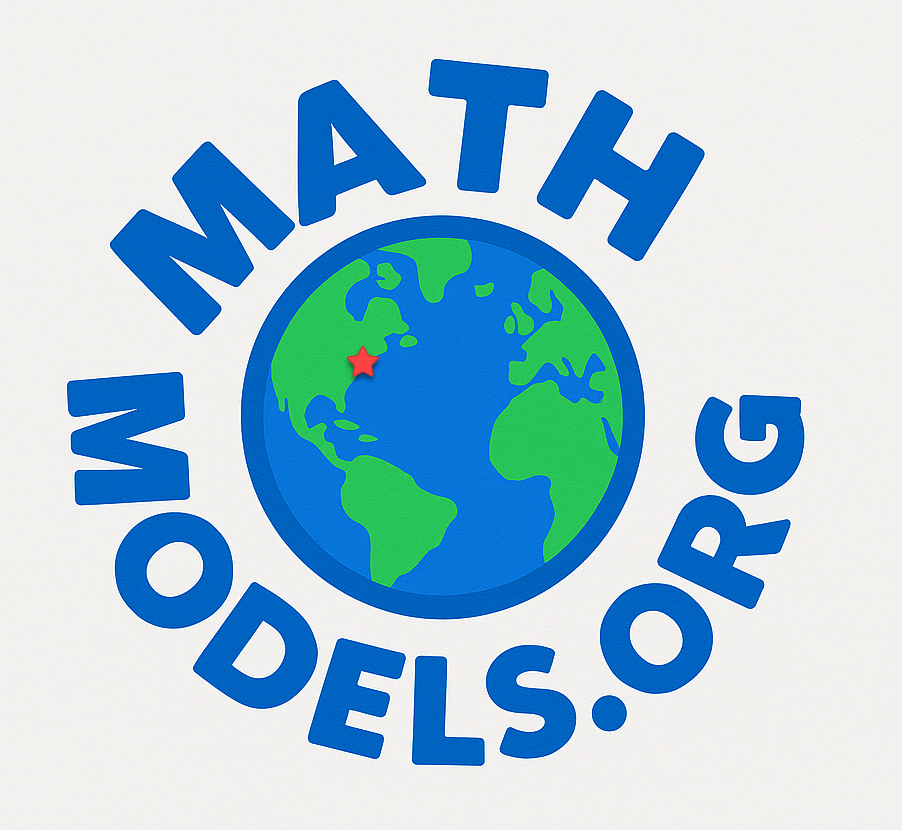Is It Sustainable?
Author: COMAP
Background:
One of the largest challenges of our time is how to manage increasing population and consumption with the earth’s finite resources. How can we do this while at the same time increasing equity and eradicating poverty? Since the beginning of the modern environmental movement in the 1960’s, balancing human needs with the earth’s health has been a topic of considerable debate. Are economic development and ecosystem health at odds? In order to reconcile this difficult balance, the concept of sustainable development was introduced in the 1980’s.
Sustainable development is defined by the 1987 Brundtland Report as “development that meets the needs of the present without compromising the ability of future generations to meet their own needs.” Since its conception, sustainable development has become a goal for international aid agencies, planners, governments, and non-profit organizations. Despite this, striving towards a sustainable future has never been more imperative. The United Nations (UN) predicts the world’s population will level at 9 billion people by 2050. This, coupled with increased consumption, places a significant strain on the earth’s finite resources. Understanding that the earth is a system that connects both time and space is critical to sustainable development. Development must focus on needs (e.g., reducing the vulnerability of the world’s poor) and limitations (e.g., the environment’s ability to detoxify wastes). In 2012, the UN conference on sustainable development recognized that: “that poverty eradication, changing unsustainable and promoting sustainable patterns of consumption and production and protecting and managing the natural resource base of economic and social development are the overarching objectives of and essential requirements for sustainable development.” Decreasing personal poverty and vulnerability, encouraging economic development, and maintaining ecosystem health are the pillars of sustainable development.
Problem Download

Mathematics Topics:
Application Areas:
You must have a Mathmodels Membership to download Student Papers and Commentary.
If you're already a member, login here.